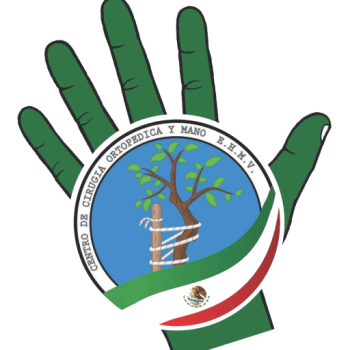Injury patterns and the role of tendons in protecting neurovascular structures in wrist injuries
Fuente
Este artículo es originalmente publicado en:
https://www.ncbi.nlm.nih.gov/pubmed/26971085
http://www.injuryjournal.com/article/S0020-1383(16)00069-3/abstract
De:
Lee CH1, Cha SM2, Shin HD3.
Todos los derechos reservados para:
Copyright © 2016 Elsevier Ltd. All rights reserved.
Abstract
PURPOSE:
The purpose of this study was to evaluate the anatomical features of injured structures, investigate the protection provided by the specific tendon of each corresponding important neurovascular structure (radial artery, median nerve, and ulnar nerve/artery) and to compare the results among the three categories of wrist injuries.
CONCLUSIONS:
Wrist soft tissue injuries showed particular patterns of injured structures and depths according to the injury mechanism. These patterns included features such as single-structure injuries and the locations and depths of multiple-structure injuries with or without neurovascular injuries.
Resumen
PROPÓSITO:
El propósito de este estudio fue evaluar las características anatómicas de las estructuras lesionadas, investigar la protección proporcionada por el tendón específico de cada estructura neurovascular importante correspondiente (arteria radial, nervio mediano y nervio / arteria cubital) y comparar los resultados entre los tres Categorías de lesiones de muñeca.
CONCLUSIONES:
Las lesiones de tejido blando de muñeca mostraron patrones particulares de estructuras y profundidades heridas según el mecanismo de lesión. Estos patrones incluyeron características tales como lesiones de estructura única y las localizaciones y profundidades de las lesiones de múltiples estructuras con o sin lesiones neurovasculares. .
LEVEL OF EVIDENCE:
Therapeutic III.
Copyright © 2016 Elsevier Ltd. All rights reserved.
KEYWORDS:
Barrier; Predictive value; Tendon injury; Wrist; Wrist cutter
- PMID: 26971085 DOI: 10.1016/j.injury.2016.01.044
- [PubMed – in process]
